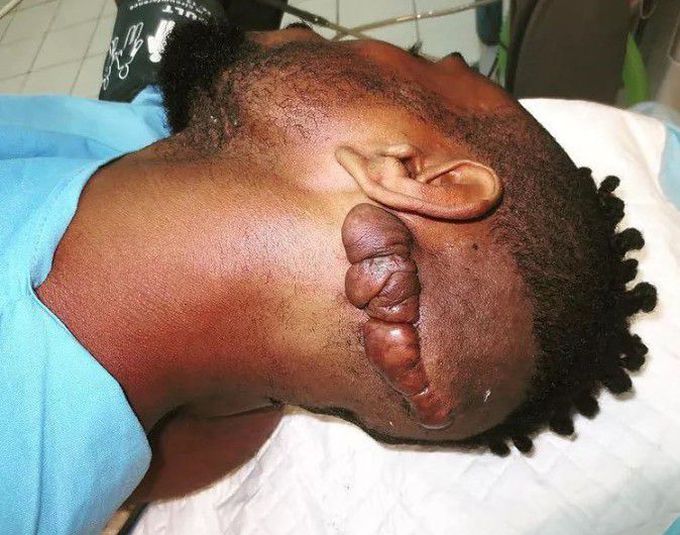


Keloid Scar
A keloid scar comes from the overgrowth of scar tissue, mainly composed of type I and type III collagen. They can be much larger than the original wound and can be found anywhere on the body. They are benign and non-contagious but sometimes accompanied with severe pain, itchiness and change in texture. Most types of skin injury can contribute to keloid scarring, which include: acne scars burns chickenpox scars ear piercing scratches surgical incision sites vaccination sites Keloids have genetic roots. A gene called AHNAK may be more likely to develop keloid scars in a person than those who don’t have it. Keloids are often more of a cosmetic concern than a health one.Surgical excision is still the most common treatment employed. However; to increase the reliability,the surgery should be combined with therapies in order to reduce their recurrence rate. Credits : https://www.healthline.com/health/keloids#causes https://www.instagram.com/p/COG9p7XhG5W/?igshid=1x3n4ksw9dwbo
A person with genetic predisposition should have injected steroids at incision site after any surgical procedure to prevent the formation of these keloids.


